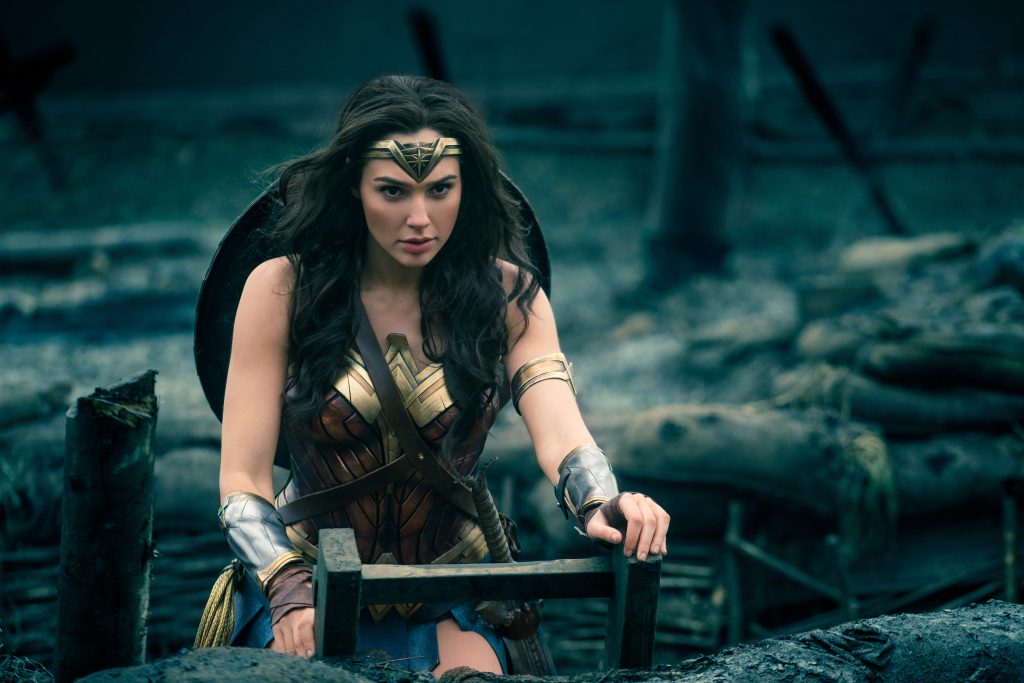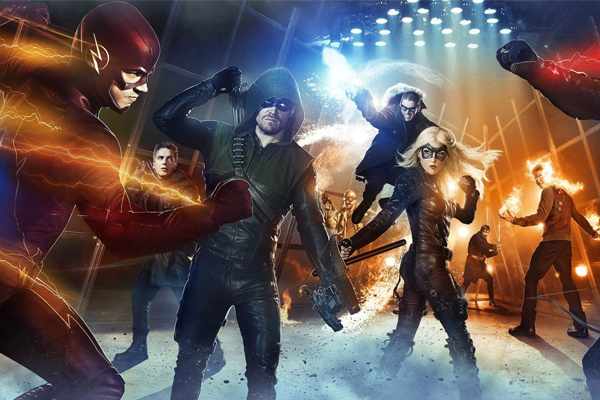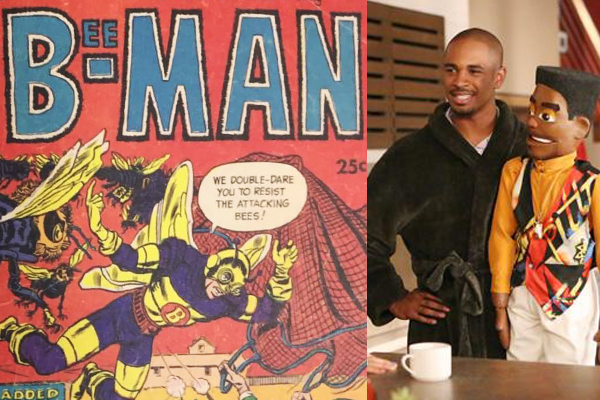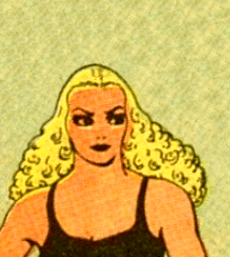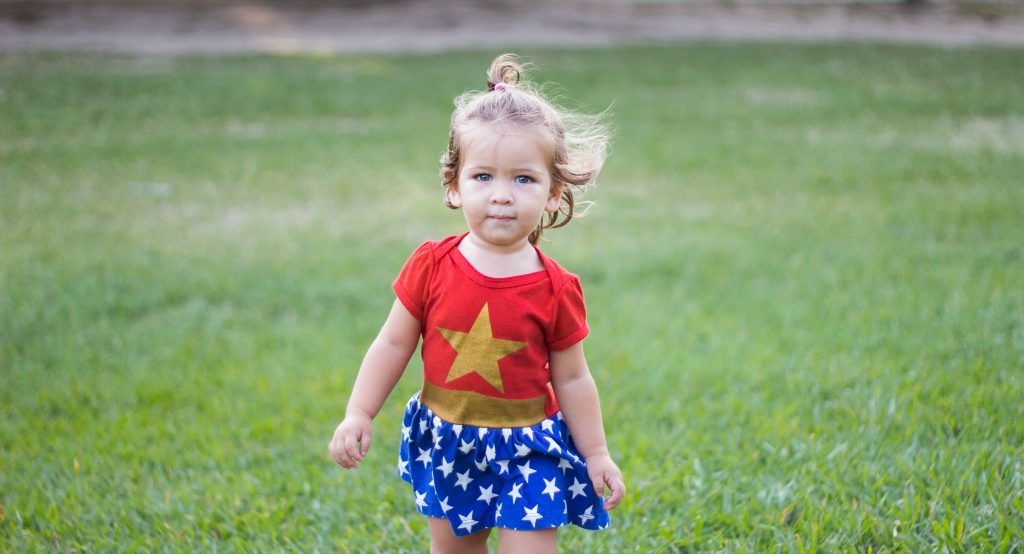Women Who are Practically Superheroes
[Movie still from Wonder Woman, Warner Bros]
We can hardly wait until the release of Wonder Woman, the first film in almost twenty years to be headlined by a female superhero. Yet in 2016, there was another movie about female superheroes—Hidden Figures, which highlights three amazing NASA computers. These women managed to overcome the intersection of racism and sexism to become essential personnel in the space program, with Katherine Johnson even personally calculating the figures for John Glenn’s historic spacewalk. Every bit as heroic as the Hulk smashing.
In honor of Women’s History Month, we have some other suggestions for historic women superheroes, women who went above and beyond to make a difference to the lives of those around them.
Rebecca Lee Crumpler
Dr. Crumpler was born free in Delaware (which was then a slave state) before the Civil War. She was raised by extended family members and saw at a young age the rewarding work of caring for the sick within her community. She decided to become a doctor and was eventually the first woman to be awarded an MD from the New England Female Medical College. Dr. Crumpler established a comfortable life in New England, but wanted to save lives where she was most needed. A year after the end of the war, she relocated to Virginia to work with freed slaves who would otherwise have never had access to any form of healthcare. Eventually, she published a medical textbook, A Book of Medical Discourse, on caring for women and children.
Dr. Crumpler used her experience to benefit the most vulnerable members of society. How many people would have abandoned a comfortable life to wade through the tense racial dynamics of the reconstruction-era south? Dr. Crumpler deserves her own comic book movie, battling the regressive forces within society and the bureaucracy of the Freedman’s Bureau to insist that everyone deserves access to a doctor. It’s still a resonate debate and discussion today.
Ruth Bader Ginsburg
Already popularly acknowledged to be a superhero, the Notorious RBG Ruth Bader Ginsburg began her career at Harvard Law School, where she was asked how she could justify taking a spot in law school from a qualified man. She went on to balance sexism, anti-Semitism, and the demands of parenting a small child with a judicial clerkship. She focused on cases regarding gender equality–even representing men in cases where men were disadvantaged by benevolently sexist laws. As a Supreme Court justice, only the second woman appointed to the court, she was famously liberal, a constant source for women’s rights, but also maintained a close friendship with the famously conservative Antonin Scalia. Both noted that they could passionately disagree on the issues of law while enjoying each other’s company. As Scalia noted, “If you can’t disagree ardently with your colleagues about some issues of law and yet personally still be friends, get another job, for Pete’s sake.” She is currently the oldest member of the Supreme Court and has no plans to retire, hoping to serve up to age 90.
Ruth Bader Ginsburg’s extraordinary life has already been recognised in cinema – Natalie Portman has been tipped to star in a much-hyped biopic about her days as a civil rights lawyer. She’s unlikely to combat aliens in the film, but it seems just as heroic to lobby for women’s equality under the law.
Ada Lovelace
From the circumstances of her birth as the only child of Lord Byron’s stormy marriage to Lady Wentworth, to her luminescent social circle (which included Michael Faraday and Charles Dickens) to her early interest in computing, Ada’s story is one that needs to be told. Lovelace’s mother encouraged her to learn extensive science and mathematics, hoping to keep young Ada away from her father’s poetic obsessions. She became fascinated with neurology and analytical engines (often intersecting in her early discussions of artificial intelligence.)
It would be more than 100 years after Lovelace’s death before computing and artificial intelligence (much less software programming) were taken seriously and put into reality. Lovelace’s ability to visualise not yet existent technology was prescient. She’s a popular steampunk figure (beloved by some of our favorite Quirk bloggers and authors), but has only recently become better known to the broader public. Ada Lovelace deserves her new-found recognition, and hopefully she’ll continue to inspire young women as much as other, more dreamy heroines like Juliet or Mary, Queen of Scots.
You can read more about Ada Lovelace in Wonder Women by Sam Maggs.

[Peggy Whitson: Women of Science by Purple Toad Publishing]
It is historic enough to be the woman who has spent the most time in space (with several stays on the far from roomy International Space Station.) Yet in addition to this, Dr. Whitson has a PhD in biochemistry, which she used to conduct research for NASA. She eventually served as the Chief of the Astronaut Office, ensuring that the crew of the International Space Station were fully prepared for their flights and mission.
Films like The Right Stuff tracked the early days of the NASA space program, when crews were primarily made up of military test flights (and even the recent Hidden Figures includes Glen Powell as hotshot Marine pilot John Glenn), but the most notable film starring a female astronaut was Sandra Bullock’s Gravity, as much horror as science fiction. Most current women astronauts are more similar to Jessica Chastain’s Commander Melissa Lewis from The Martian – highly trained professionals with a strong sense of responsibility to their mission, well prepared for stressful and unusual situations. It is disappointing that few films are based around the competency and scientific knowledge of women in space, but hopefully Dr. Whitson and her fellow astronauts will inspire some incredible scientific adventures – even making their own potato gardens from human waste.
